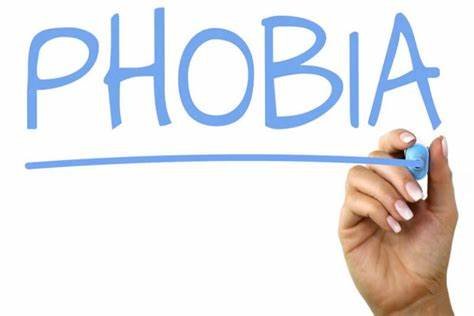In the world of science and behaviour, especially when it comes to research, inclusion, and non-traditional methods, there is an undeniable power structure that resembles something of a mafia. While it may not involve covert operations or criminal activities, it does exert an extraordinary influence over who is allowed in and who is kept out. In the field of mental health, as well as in broader research communities, being “different” or taking an unconventional approach can be seen as a threat, and those who deviate from the norm often find themselves ostracised, misunderstood, and alienated from their peers. I’ve experienced this firsthand.
Dr Andrew Huberman’s mention of the “NY mafia” in the context of science and inclusion struck a chord with me, not just because of its historical ties to organized power, but because of how it so accurately describes the exclusionary dynamics that still exist in these academic and clinical spaces. Whether in academia, professional circles, or even the mental health community, those of us who challenge the status quo often face isolation, dismissal, or outright rejection.
The costs of non-conformity
As someone who lives with a disability and has non-traditional ideas, I’ve found myself excluded in many ways, both personally and professionally. Being different, whether it’s thinking outside the box, rejecting outdated treatment models, or advocating for under-represented populations, can often feel like a death sentence in these established networks. Your voice gets pushed out, and doors that should be open to collaboration are slammed shut.
In both science and mental health, there is an unwritten rule that says innovation is welcome, but only under the strict control of those in positions of authority. Any deviation from accepted norms – whether in thought, behaviour, or practice – raises suspicions. But as we all know, growth and progress happen precisely because of these deviations, not despite them.
I’ve had experiences where my innovative approaches to therapy, particularly when it comes to more inclusive and holistic models, have been met with scepticism. I’ve faced criticism from peers, like Darby Penny, and even been labelled a “menace”. My behaviour, which some would consider “weird” or “non-traditional”, was not easily accepted in spaces that claim to advocate for mental health and inclusivity. These experiences have made me question who these systems are truly designed to serve and how deeply rooted their biases are.
Innovation as a Threat
This fear of the unknown or the difference reminds me of how the mental health system often treats patients with “weird” or non-traditional behaviors. Instead of being met with curiosity or open-mindedness, those who think differently, or who don’t conform to expected behavioral norms, are often sidelined. This mirrors what happens in academia and the research world: if your approach or ideas don’t align with the accepted models, you’re quickly dismissed.
The problem is that these same systems preach inclusion and openness but often fail to deliver on those promises. They rely on the safety of what’s known and often perpetuate harmful cycles of exclusion – whether it’s in diagnosing and treating mental health conditions or in determining what types of research are deemed acceptable.
For people like myself, who have lived with schizophrenia and other mental health challenges, and who actively seek out more inclusive, patient-centered approaches, this exclusionary dynamic becomes an even larger hurdle. The idea that there is a mafia-like control over what is accepted in these spaces feels less like hyperbole and more like reality.
Pushing back against the status quo
So, how do we push back against this “mafia” that controls what is considered valid or important in mental health and science? First, we need to embrace the diversity of ideas and behaviors, not as something to be feared but as the foundation for innovation. Inclusion must move beyond tokenism and actually incorporate those of us who don’t fit into the neat boxes that these systems create.
It’s crucial that we challenge these power structures openly, as Dr Huberman does, by calling out the unspoken rules and biases that govern scientific communities and the mental health system. It’s also important that those of us who have been ostracised for our non-traditional ideas continue to push forward, creating our own spaces for innovation, collaboration, and true inclusivity.
The beauty of non-conformity is that it often leads to breakthroughs. In mental health, this might mean new therapeutic models that better serve clients. In research, it could mean the discovery of something previously unseen. But none of this can happen if we allow a handful of gatekeepers to dictate what’s valid or important.
Let’s break away from these rigid structures and embrace the weird, the non-traditional, and the innovative. In the end, it’s those of us who dare to think differently who will push the boundaries of what’s possible, both in mental health and in science at large.
Takeaway
In many ways, the world of mental health and research is still run like a mafia. It thrives on a tight-knit control that excludes anyone who doesn’t fit the mold. If we are to see real progress, both for clients and in research, we must challenge these structures and advocate for true inclusivity – one that accepts all behaviours, ideas, and people, not just the ones deemed acceptable by the current system.
By continuing to speak up and create spaces where the non-traditional can thrive, we have the opportunity to break down these barriers. Let’s push forward together, celebrating the “weird” and the different, because it’s in these spaces that real change happens.
Max E. Guttman is the owner of Mindful Living LCSW, PLLC, a private mental health practice in Yonkers, New York.
- Max E. Guttman







